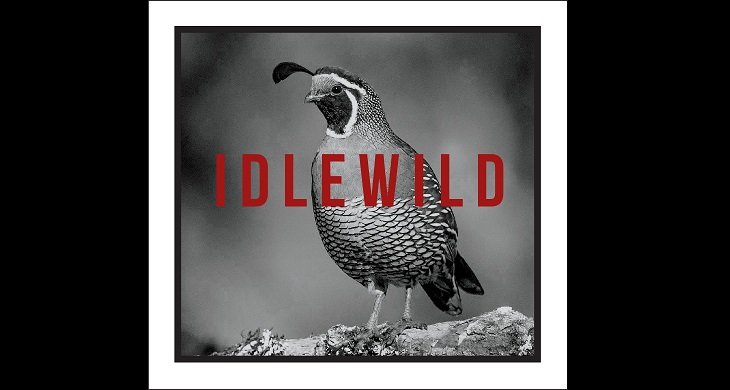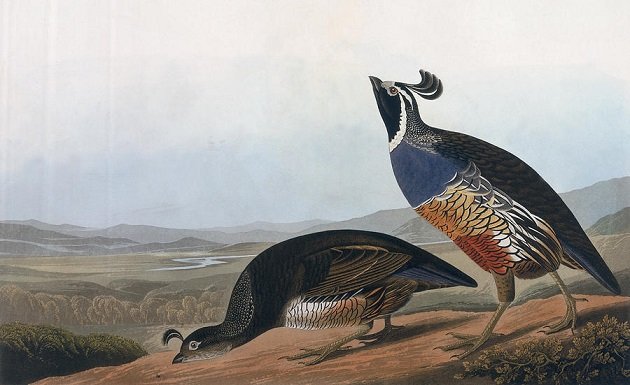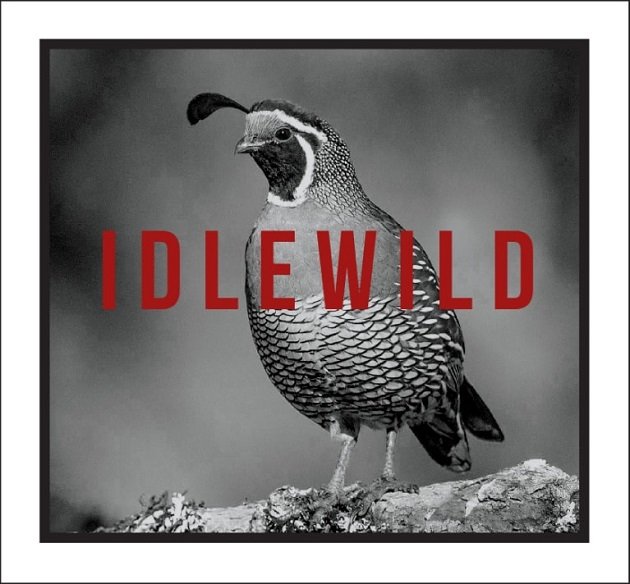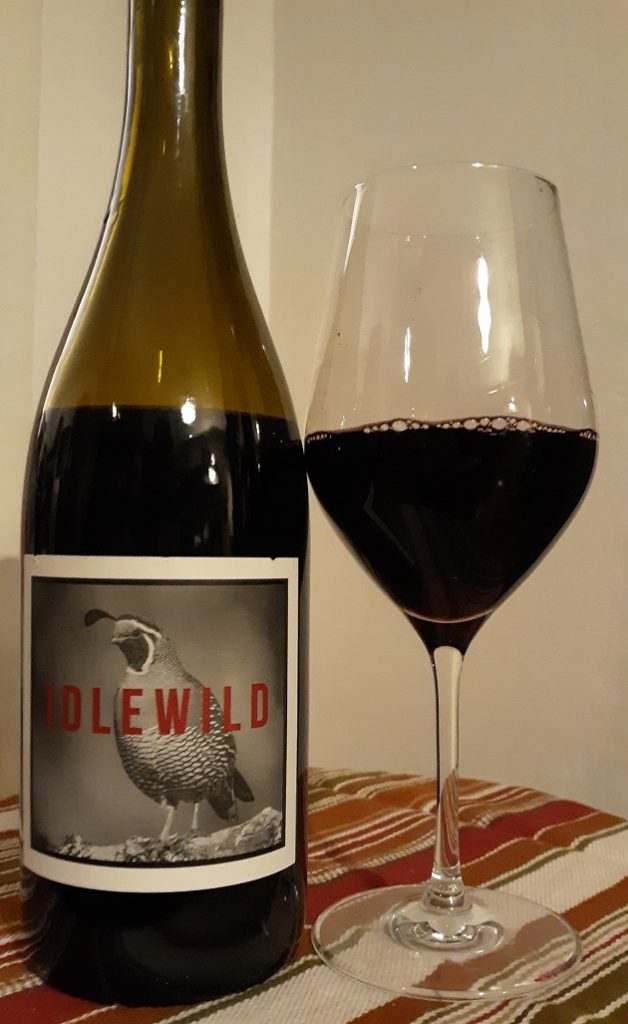
By now, it’s quite clear that the American Thanksgiving holiday of 2020 – which falls next Thursday – will be quite unlike Thanksgiving in most years. Because of the ongoing public health situation around the world, travel and large family gatherings are out of the question over much of the country, which means dialing down the gluttonous feasting for which the day is famous. For many of us, even the traditional centerpiece bird of the day – the domesticated Wild Turkey (Meleagris gallopavo) – will be downsized or even swapped out of the menu altogether. Without large crowds to feed this year, many households are shopping for the littlest turkeys they can find – a rare commodity, as it turns out, given the unprecedented demand for small gobblers this year – and failing that, opting for another fowl entirely. For those who want to avoid an unmanageable quantity of leftovers after a quaint Thanksgiving meal for two, less traditional fowl like goose, duck, pheasant, capon, chicken, and squab offer worthy alternatives to that colossal butterball resting on the platter.
At the very end of this poultry and gamebird scale is the quail, a bird so small it generally takes two or maybe three to feed just one person. Given the usual expectations for this holiday menu, serving quail at Thanksgiving might be taking downsizing to a silly extreme. And while many birders might tuck into a supermarket turkey on Thanksgiving Day without a second thought, more exotic gamebirds – even those raised domestically – might remind some of us a bit too much of beloved birds we see in the wild. Fortunately, this week’s featured wine lets us bring a quail to the Thanksgiving table, no matter what you’re serving – even if you’re planning on hosting a “superspreader” dinner with a 24-pound tom as the main course (and we certainly hope you are not).

Californian Partridge by John James Audubon (1785-1851), from The Birds of America.
Flora & Fauna Red Wine, a blend from Idlewild Wines of Healdsburg, California, features a the always winsome California Quail (Callipepla californica) on the label – a bird we’ve encountered not once, but twice before at Birds and Booze. While this quail belongs to California in both name and range, the wine it adorns is the product of a Sonoma County winery committed to the varietals and techniques of Italy’s Piedmont, in the Alpine foothills of that country. For the 2018 edition of Flora & Fauna, winemaker and founder Sam Bilbro relied on a blend of some of the best-known Piedmontese varietals: Barbera, Dolcetto, and Nebbiolo, at 48 percent, 39 percent, and 13 percent, respectively.

Flora & Fauna presents a pleasantly balanced nose, both fruity and savory, with notes of black cherry, strawberry jam, licorice, and an earthy, almost tarry streak marrying cedar with graphite. The palate is lean and lively, with a generous dose of fruit and dried herbs, accompanied by a bright acidity and rousing tannins. Think of this well-made table wine as a more rustic version of that perennial Thanksgiving favorite – pinot noir – equally as food-friendly but more of a left-field selection. And as long as there’s a chance the turkey could be absent from your Thanksgiving table this year, why not buck tradition with your choice of wine, too?

Good birding and happy drinking!
Idlewild Wines: Flora & Fauna Red Wine (2018)
![]()
![]()
![]()
![]()
![]()
Four out of five feathers (Excellent)













I wonder why they named the wine Idlewild? At first I thought it was related to Idyllwild, the southern California area in the San Jacinto Mountains, but the spelling is different. Definitely not Idlewild Airport, now JFK. Anyway, great review, Tristan! I’m happy I’m not eating quail for Thanksgiving, seen too many in the wild, but I will consider a quail wine.
Thanks, Donna. I have no idea, either. From what I’m reading online, it appears as though “Idlewild” is a more recent, corrupted American spelling of what was originally “Idyllwild”. Replacing the idyllic with a more honest admission of laziness, perhaps? As for eating quail, I had no idea whether or not you can actually hunt California Quail, so I ended up looking that up for this post. It turns out you can, though I decided against mentioning that in the review. I’m kind of embarrassed to admit that – as a birder and a former cook – I have no idea what species of quail are raised domestically for human consumption, despite having cooked many myself. Surely not California Quail!
Coincidentally, I was through Idyllwild in 2018 during a week in the San Diego area. I found my lifer White-headed Woodpecker there, among some other cool birds. I also had my lifer Seaside Sparrow at Idlewild Park in Queens, so I’ve got a pretty good track record at places named Idle/Idyllwild, it seems!